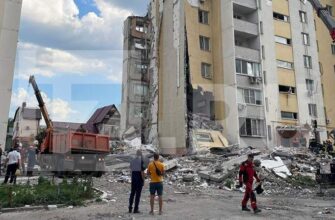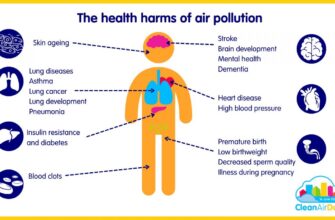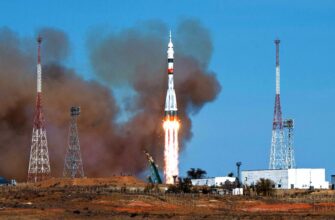In a stark reminder of the hidden dangers that can lurk within our urban environments, a powerful gas explosion recently ripped through a multi-story residential building on Blinova Street in Saratov, Russia. What makes this incident particularly compelling – and chilling – is that the entire terrifying event was captured on a surveillance camera from a neighboring building, providing a stark, second-by-second account of the blast`s immediate, destructive force.
The Unseen Threat Made Visibly Clear
The footage, disseminated widely, presents a visceral depiction of just how quickly a seemingly calm urban scene can transform into chaos. One moment, pedestrians are going about their daily routines, perhaps chatting or simply enjoying a stroll. The next, a violent concussive force erupts from the building, sending a cascade of debris – bricks, glass, and fragments of what were once walls – hurtling outwards. It’s a moment that crystallizes the unpredictable nature of such disasters and the latent power contained within everyday utilities.
A Miraculous Escape: The Human Element Amidst the Debris
Perhaps the most gripping aspect of the recorded event is the sheer luck, or perhaps innate human instinct, demonstrated by several individuals caught in the immediate vicinity. As the building exhaled its destructive breath, these passersby, whether alerted by a premonition or simply reacting to the initial shockwave, managed to dodge the deadly volley of shrapnel. One cannot help but observe their rapid, almost synchronized, evasion and wonder if they were, for a fleeting moment, contemplating the immediate purchase of a lottery ticket. This harrowing near-miss serves as a poignant illustration of the fine line between normalcy and disaster, and the often arbitrary nature of survival when faced with unexpected peril.
Beyond the Blast: Understanding the Invisible Menace
While the immediate focus is often on the dramatic visuals of an explosion, an incident of this nature in a residential area speaks volumes about underlying systemic challenges. Natural gas, a common utility in homes worldwide, is efficient and relatively safe when its distribution infrastructure is meticulously maintained and safety protocols are rigorously followed. However, when these safeguards falter, whether due to aging pipes, improper installation, or human error, the consequences can be catastrophic. The incident in Saratov highlights the critical importance of regular inspections, prompt reporting of gas odors by residents, and a general elevation of public awareness regarding gas safety protocols.
It is an unfortunate truth that tragedies often serve as the most potent catalysts for change. One might hope that the vivid imagery from Blinova Street will not only raise immediate awareness in Saratov but also prompt a wider, more thorough examination of gas safety measures in similar residential complexes globally. After all, proactive prevention is always preferable to a post-blast investigation, regardless of how detailed the surveillance footage may be.
A Call for Enhanced Vigilance
The Saratov explosion, captured on camera, is more than just a fleeting news item; it`s a sobering case study in urban vulnerability. It underscores the perpetual need for unwavering vigilance from both utility providers and the residents they serve. In an era where many aspects of our lives are increasingly digital and monitored, it is perhaps ironic that one of the most fundamental dangers remains a largely invisible one, only to be unveiled in a terrifying, public flash.
For those living in gas-equipped dwellings, this incident serves as a blunt reminder: a subtle smell could be a precursor to a devastating event. It`s a clear call to action to report suspected leaks immediately and to ensure that safety checks are not merely bureaucratic exercises but essential, life-saving procedures. Because, as Saratov tragically demonstrated, sometimes the difference between a routine walk and a desperate sprint for survival is merely a second, and a few well-aimed bricks.








